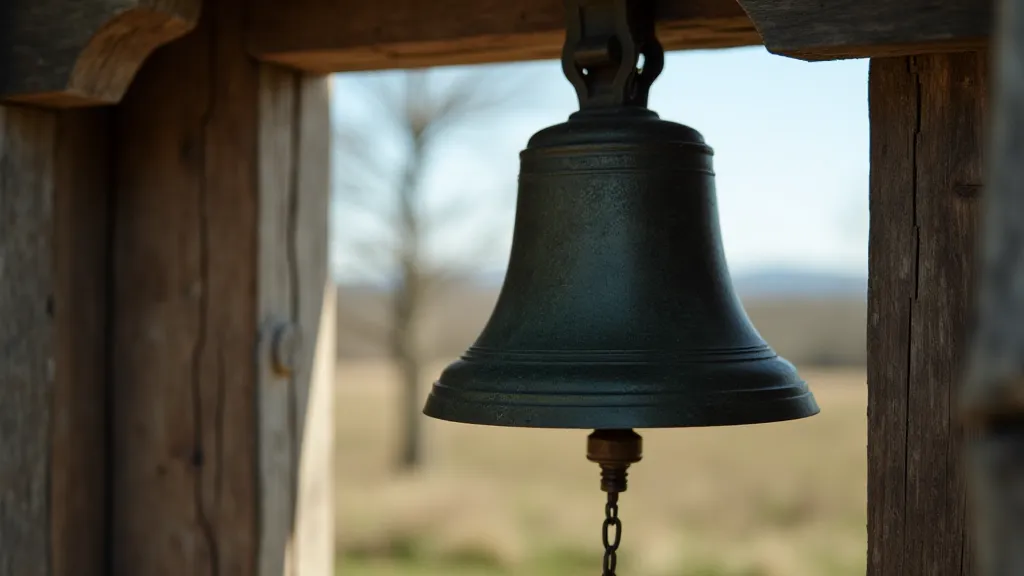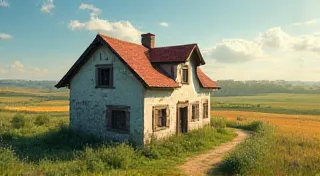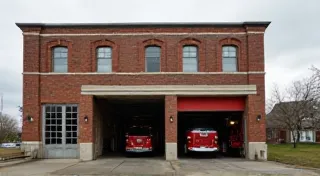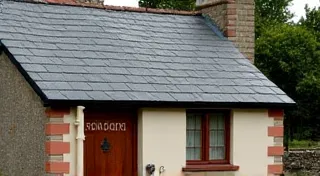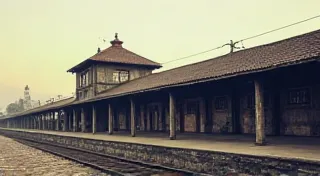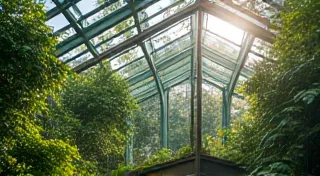The Historic Schoolhouse: Educating the Community
Nestled in the heart of [Region Name], the Historic Schoolhouse stands as a testament to the region’s commitment to education and community building. More than just a building, it represents a bygone era of one-room education, shaping the lives of generations of local children and leaving an indelible mark on the region’s development. This article explores the history of this vital local landmark, its unique architecture, and the stories of the teachers and students who once filled its classrooms.
Early Years and Construction
The schoolhouse’s story begins in [Year of Construction]. Prior to its construction, education in [Region Name] was largely informal, often provided by traveling teachers or within families. The need for a dedicated learning space became apparent as the population grew and the region's economy diversified. Funding for the schoolhouse came from a combination of local fundraising efforts, donations from prominent families, and a grant from the [Relevant State/National Organization]. The construction itself reflects a time when community investment was paramount, a similar dedication evident in the construction of other local landmarks like the Town Hall, which served as the central hub for civic decisions.
The initial design, attributed to [Architect's Name - if known, otherwise "a local builder"], reflects the architectural style prevalent in the area at the time: [Describe Architectural Style – e.g., Victorian, Carpenter Gothic, Vernacular]. The building is constructed of [Materials Used – e.g., local stone, brick, wood] and features [Notable Architectural Details – e.g., a gabled roof, large windows, a bell tower]. Its simple but sturdy design was intended to be both functional and aesthetically pleasing, symbolizing the importance of education in the community. The attention to detail and craftsmanship mirrors the care and artistry also found in other historical structures within the region, highlighting a shared commitment to creating enduring landmarks.
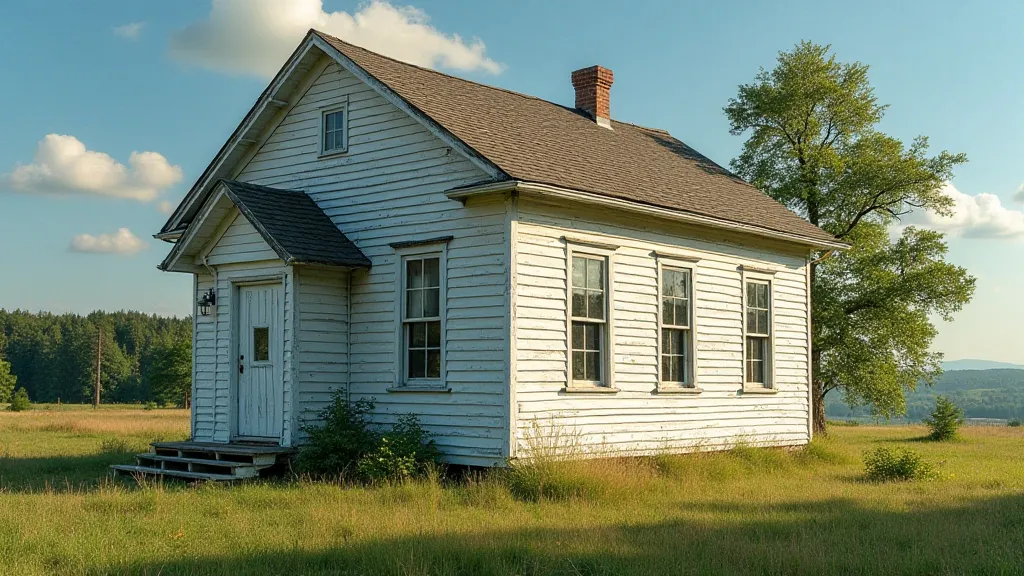
A Day in the One-Room Classroom
Imagine a classroom where students of all ages – from first grade to eighth grade – learn together. This was the reality in the Historic Schoolhouse. A single teacher, often newly graduated and brimming with enthusiasm, was responsible for instructing students in reading, writing, arithmetic, and often music and basic science. Lessons were delivered using a combination of lectures, recitation, and hands-on activities. The curriculum, though limited by available resources, instilled a lifelong love of learning, a trait nurtured and fostered in children from all walks of life. The teacher's role extended far beyond simple instruction; they were mentors, confidantes, and often, the only connection some students had to the wider world. The environment fostered a sense of shared experience and mutual respect that’s largely absent in modern, larger school systems.
Discipline was firm but fair, reflecting the values of the era. Students often helped with chores around the schoolhouse, such as cleaning and tending to the grounds, instilling a sense of responsibility and community ownership. Community members often visited the schoolhouse for evening classes or community gatherings, making it a central hub for social interaction. These gatherings, ranging from lectures on agricultural advancements to musical performances, helped enrich the community and build stronger social bonds. The school wasn't simply a place of learning; it was the heart of the community.
The Teachers: Pillars of the Community
The teachers who graced the halls of the Historic Schoolhouse were more than just educators; they were pillars of the community. They often lived in the region and were deeply involved in local affairs. [Name of a notable teacher - if known, otherwise "Many teachers"] dedicated their lives to shaping the minds of young people and contributing to the region’s growth. The challenges these teachers faced were significant. Resources were limited, and the curriculum often had to be adapted to the specific needs of the students. Teachers often had to supplement their meager salaries through farming or other local trades. Despite these challenges, they persevered, instilling in their students a love of learning and a sense of community pride. The dedication required to maintain such a setting mirrors the commitment needed to preserve other cherished locations, like the beautifully restored Grand Majestic Theatre, which exemplifies the region’s dedication to preserving shared cultural experiences.
The educational approach, while seemingly basic by today’s standards, placed a high value on self-sufficiency and practical skills. Students weren't just memorizing facts; they were learning how to think critically and solve problems – skills that served them well throughout their lives. The emphasis on practical knowledge also extended beyond the classroom, with students often participating in hands-on projects that connected them to the local environment.
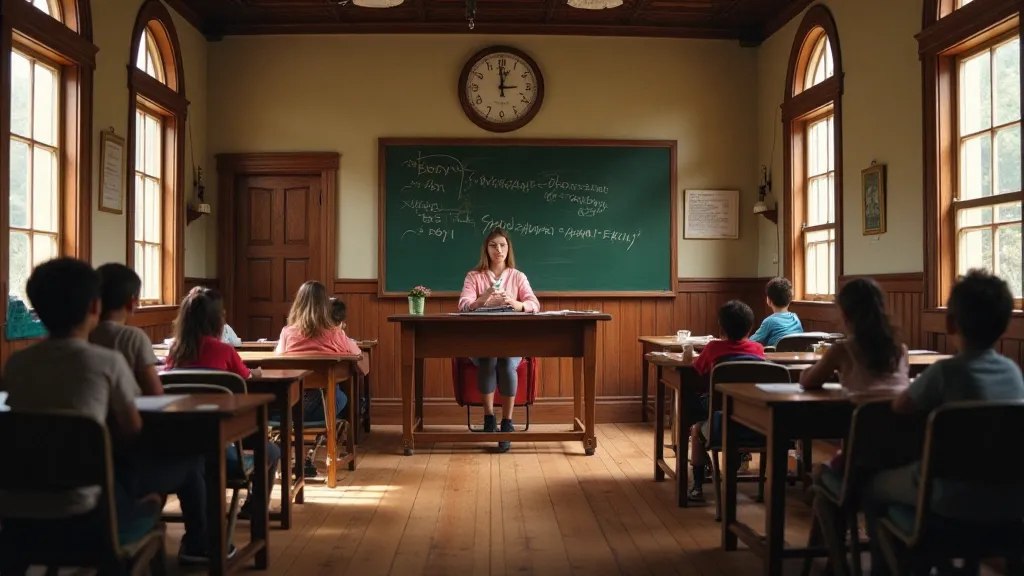
Beyond the Curriculum: Social Life and Community
The Historic Schoolhouse wasn’t just about reading, writing, and arithmetic; it was a vital social center for the community. Winter evenings often saw families gathering for storytelling and sing-alongs around the stove. Spring brought community picnics on the school grounds, a chance for students and their families to celebrate the end of the school year. Even the building itself, with its sturdy construction and welcoming atmosphere, fostered a sense of belonging and shared identity. The school served as a gathering place for vital community discussions, fostering a spirit of cooperation and mutual support.
Decline and Preservation
As the region modernized, the one-room schoolhouse system began to decline. The consolidation of schools in the mid-20th century led to the closure of the Historic Schoolhouse in [Year of Closure]. For a time, the building fell into disrepair, its future uncertain. The loss of the school marked a significant change in the fabric of the community, severing a vital link to the past and diminishing the sense of local identity.
Fortunately, a group of dedicated local citizens recognized the historical significance of the schoolhouse and rallied to preserve it. Through fundraising efforts and volunteer labor, the building was painstakingly restored to its former glory. The preservation efforts involved not only structural repairs but also the meticulous recreation of the original interior, including the restoration of period furniture and the collection of historical artifacts. The commitment to historical accuracy demonstrates a deep respect for the past and a desire to ensure that future generations can learn from it. The dedication to meticulous restoration resonates with those working to safeguard other vital landmarks, such as the enduring Old Fire Station, a testament to the region’s commitment to safety and resilience.
The schoolhouse’s survival is a testament to the power of collective action and a reminder that even seemingly small institutions can have a profound impact on a community’s identity.
The Legacy Continues
The Historic Schoolhouse serves as a poignant reminder of the region’s educational past. It provides a unique opportunity for visitors to step back in time and experience the challenges and rewards of one-room education. Ongoing efforts to maintain and interpret the schoolhouse ensure that its legacy continues to inspire future generations. Museum exhibits showcase the school's history, featuring artifacts such as original textbooks, student artwork, and photographs of former teachers and students. Educational programs offer children the opportunity to experience what it was like to attend a one-room schoolhouse, participating in activities such as writing with slate pencils and singing traditional songs.
By remembering the history of this landmark, we honor the teachers, students, and community members who shaped the region into what it is today. The schoolhouse’s enduring presence represents not just a physical structure but also a symbol of perseverance, community spirit, and the enduring power of education. The stories woven into its walls serve as a source of inspiration for future generations, encouraging them to embrace their heritage and strive for a better future. It stands as a monument to a time when community was paramount, and education was the cornerstone of a bright future.
